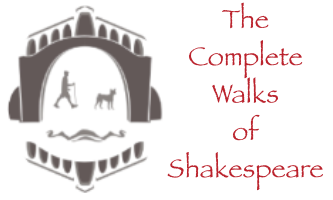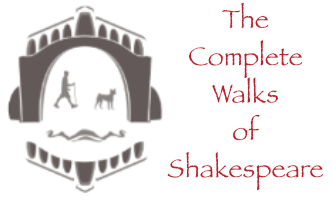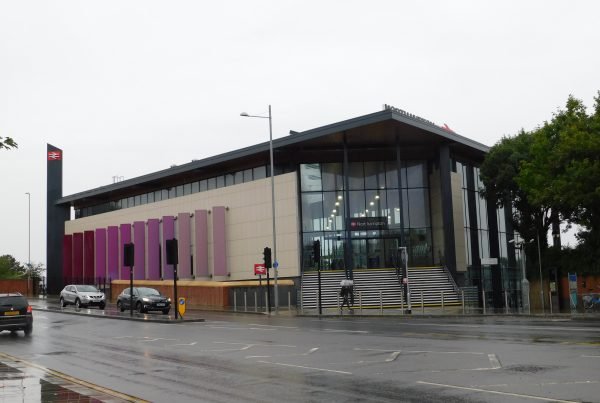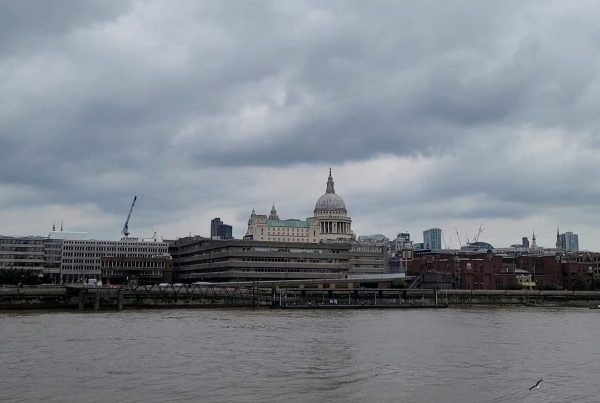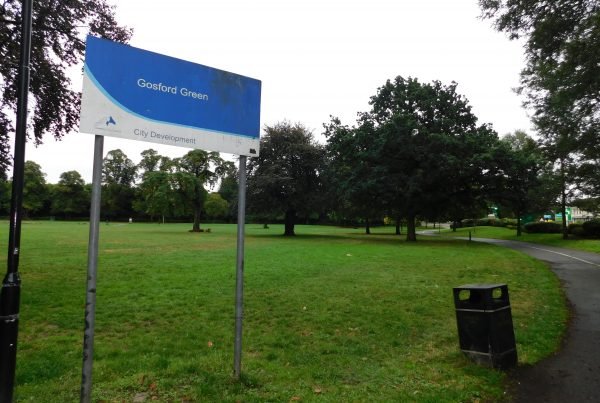Henry VI pt 2
Act 4 Sc 9
Kenilworth Castle
Was ever king that joy’d an earthly throne
And could command no more content than I?
No sooner was I crept out of my cradle
But I was made a king, at nine months old.
-King Henry
Kenilworth Castle
Background - “What is past is prologue”
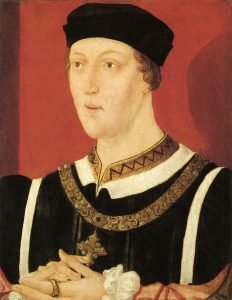
King Henry VI.
HENRY VI, PART 2
The play is thought to have been written in 1591 and with 83 characters has the largest cast list of any of Shakespeare’s plays.
It was originally titled The First Part of the Contention of the Two Famous Houses of Lancaster and York, with the Death of Good Duke Humphrey.
It was retitled when the plays were put in chronological order in the Folio (or possibly to save on ink). The accepted view is that Shakespeare didn’t write them in that order.
The play tells the story of the rising tension between the Houses of York and Lancaster, culminating in the Wars of the Roses. It opens on May 30th 1445 just before Margaret of Anjou’s coronation (she’d married Henry VI five weeks earlier) and closes just after the First Battle of St Albans ten years later.
Among the sources are Holinshed’s Chronicles and Hall’s The Union of the Two Noble and Illustre Families of Lancaster and York written in 1548.
On the Stage - “The play’s the thing…”
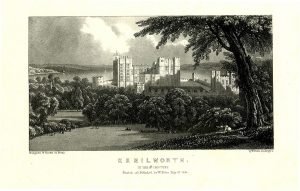 4:9 KENILWORTH CASTLE
4:9 KENILWORTH CASTLE
After Cade has fled, Henry pardons the rebels and news comes of York’s return from Ireland, and his call for the Duke of Somerset to be arrested on charges of treason.
On the Map - “Presume not that I am the thing I was”
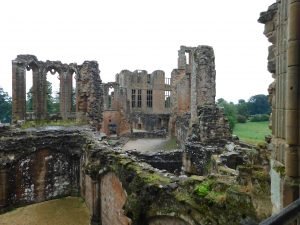
Kenilworth Castle
KENILWORTH CASTLE, WARWICKSHIRE, ENGLAND
We hear in Act IV Scene 4 that the King is being urged to take refuge at Killingworth in the face of Jack Cade’s rebellion. It’s called Killingworth right from the First Folio.
And it’s Theobald who gave this scene its location. In his 1733 edition of Shakespeare’s works, the setting is given as The Palace at Killingworth. It becomes Kenelworth Castle in Johnson’s edition of 1765 and just plain Kenelworth in Capell’s version three years later.
The suggestion is that it’s always been pronounced ‘Kenilworth’ but locally can sometimes also be ‘Killingworth’. Stratford-upon-Avon is only 12 miles away so maybe that’s how Shakespeare knew it, some sources believe. However, that’s also how it’s written in Holinshed’s Chronicles.
There was a Killingworth Lane near Kenilworth Castle in 1740. It was certainly known to some as Killingworth Castle in Elizabethan times.
Anyway, it’s a fine ruin to visit. I was there on a rainy afternoon when reenactors in mediaeval dress were sheltering under canvas awnings and drinking from pottery beakers.
The castle was founded in Norman times and developed over the centuries into a formidable fortress. It withstood a six-month siege in 1266.
It has historic connections with Henry V who received the ‘gift’ of tennis balls from the French there and was originally acquired by his grandfather John of Gaunt who turned it into a palace.
By the time Henry VI was on the throne it was a very much favoured royal residence but was destroyed during the English Civil War.
In some editions the characters are ‘on the terrace’. There is one there now overlooking the Elizabethan garden.
